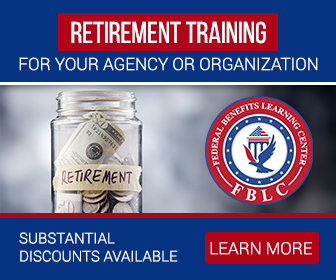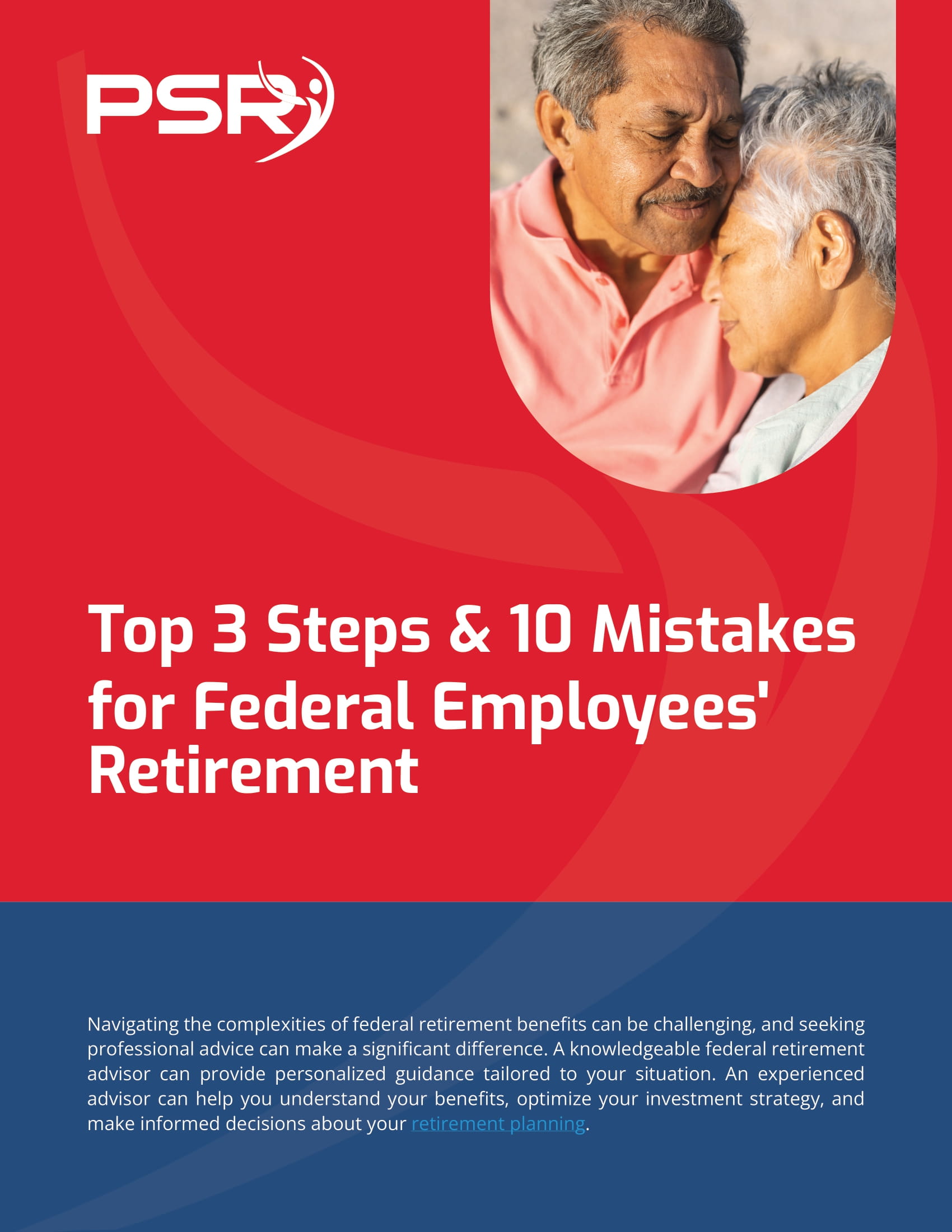Key Takeaways:
- Planning for retirement starts years in advance. Know when and how to take the right steps for a smooth transition.
- Federal benefits can be complex, but with the right strategies, you can make sure your retirement goes exactly as planned.
The Dream of Retirement: Closer Than You Think!
We’ve all daydreamed about retirement—whether it’s spending more time with family, traveling, or finally focusing on hobbies you never had time for. If you’re a federal employee, retirement isn’t just a dream, it’s a carefully structured path. But, making sure it goes off without a hitch takes planning. Federal benefits and retirement systems come with their own complexities, but once you understand the options available, you can confidently step into this next chapter.
- Also Read: FAA, Law Enforcement, and Special Federal Employee Categories—Here’s What Makes Their Retirement Unique
- Also Read: Blending Private and Public Sector Retirement Plans Is Complicated—Here’s Where Couples Get It Wrong
- Also Read: The Silent Shift in Postal Service Retirement Benefits That Could Change Everything by 2026
How Early Is Too Early To Start Planning?
It’s never too early. Seriously. Federal employees are unique in that their retirement planning is tied directly to their service time, and that’s where the first strategy kicks in. Your Federal Employees Retirement System (FERS) or Civil Service Retirement System (CSRS) will play a massive role in determining when and how you can retire. The key is to start understanding these systems as early as possible.
If you’re in your early career (less than 10 years of service), use this time to familiarize yourself with how your benefits accumulate. The Minimum Retirement Age (MRA) varies depending on your birth year but typically falls between 55 and 57. If you’ve hit your MRA with at least 10 years of service, you may be able to opt for a reduced pension with MRA+10. For many of us, knowing what that number looks like will dictate our future choices.
But even if you’re just a few years from retirement, it’s not too late to course-correct and optimize your benefits.
Calculating Your Federal Annuity: More Than Just Numbers
You’re probably wondering, “What am I really going to walk away with?” This is where your annuity, or pension, comes into play. FERS employees can breathe a sigh of relief knowing they have a three-part retirement package: Social Security, Thrift Savings Plan (TSP), and their civil service pension. CSRS employees, while not receiving Social Security, tend to get a more generous pension.
The basic annuity formula for FERS is fairly straightforward—1% of your average high-three salary (the average of your highest three years of salary) for each year of service. If you retire at 62 or older with 20 years of service, that increases to 1.1%. CSRS pensions are calculated differently, usually leading to larger payouts, but it’s important to know these formulas as you weigh your options.
While these may sound like dry numbers, understanding them is critical to knowing what you’ll need to live comfortably in retirement. I recommend calculating your projected annuity every few years, especially as you approach your final years of service.
Managing Your Thrift Savings Plan (TSP): Don’t Leave Money on the Table
Your TSP is the federal version of a 401(k), and it’s a big deal. The TSP is one of the most valuable tools at your disposal, offering low-cost investment options. Whether you’re a seasoned investor or new to the game, there’s something for everyone. The federal government also matches your contributions up to a certain percentage, so don’t miss out on free money! Make sure you’re contributing enough to get the full match.
One great thing about the TSP is that it gives you a lot of control over your retirement. You can adjust how much you contribute and where those contributions go, allowing you to align your investments with your risk tolerance and retirement goals. As of 2024, you can contribute up to $23,000 annually, with an additional $7,500 in catch-up contributions if you’re over 50. And there’s a bonus coming in 2025—if you’re aged 60 to 63, the catch-up limit will rise further, giving you more flexibility to supercharge your savings.
Considering Early Retirement? Know the Costs
Sometimes, life throws us a curveball, and we find ourselves considering early retirement. The federal government provides an option through MRA+10, which allows you to retire before reaching full retirement age, but with a reduced pension. If you have 10 years of service by the time you reach your MRA, you can retire early, though your pension will be reduced by 5% for each year under age 62.
But is it worth it? For some, it might be. The reduction in pension could be offset by other savings or investments, but this is a decision that requires careful thought. If you’re considering this path, it’s crucial to weigh the trade-offs between more free time and less income.
Timing Is Everything: When Should You Apply for Medicare?
Healthcare is often one of the biggest worries in retirement, especially as we age. If you plan to retire at or after age 65, enrolling in Medicare is usually a good move. For federal retirees, this is typically paired with your existing Federal Employees Health Benefits (FEHB) plan. In fact, many retirees find that coordinating Medicare with FEHB offers the best of both worlds—comprehensive coverage and lower out-of-pocket costs.
If you’re younger than 65 when you retire, you’ll need to continue your FEHB coverage until you’re eligible for Medicare. And don’t forget—if you’re a postal employee retiring after January 1, 2025, you’ll need to enroll in Medicare Part B to stay in your new Postal Service Health Benefits (PSHB) plan.
What About Social Security?
For FERS employees, Social Security is a key part of your retirement package. You can start claiming benefits at age 62, but keep in mind that doing so will reduce your monthly benefit amount compared to waiting until full retirement age (which ranges from 66 to 67, depending on your birth year).
Another consideration is the FERS Special Retirement Supplement, which fills the gap between your retirement and when you become eligible for Social Security. This supplement is designed to mimic the Social Security benefits you’d receive at age 62 and is available if you retire before that age with at least 30 years of service.
Your Federal Retirement Checklist
- Start Early: Even if retirement feels distant, the earlier you start planning, the better off you’ll be.
- Max Out Your TSP: Take advantage of contribution limits and government matching to grow your savings.
- Review Your Benefits Regularly: As you get closer to retirement, know exactly what your pension and benefits will look like.
- Coordinate Medicare and FEHB: Plan ahead for healthcare costs and make sure you’re enrolled in both for optimal coverage.
- Know Your MRA: Understand your retirement age and how it affects your pension.
Ready to Retire on Your Terms?
Retirement is more than just a finish line; it’s the beginning of a new journey. And like any journey, it’s better when you’ve prepared for it. Federal employees have access to some of the best retirement benefits available, but to take full advantage, you need a plan. By understanding your pension, maximizing your TSP, and knowing when to retire, you can ensure you leave your federal career exactly when and how you want.













